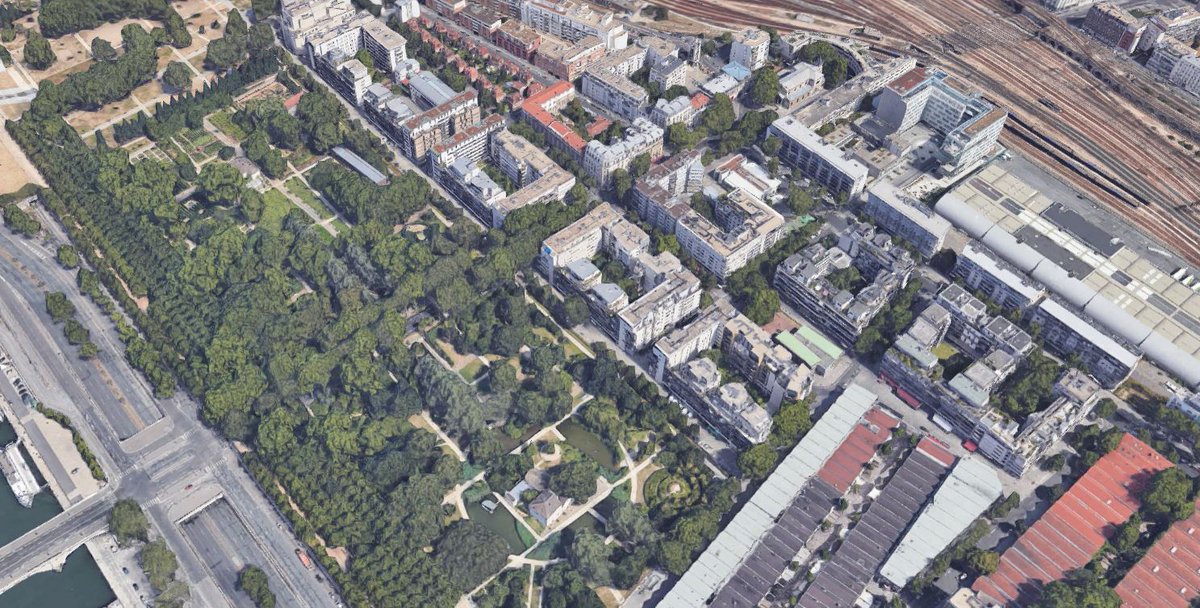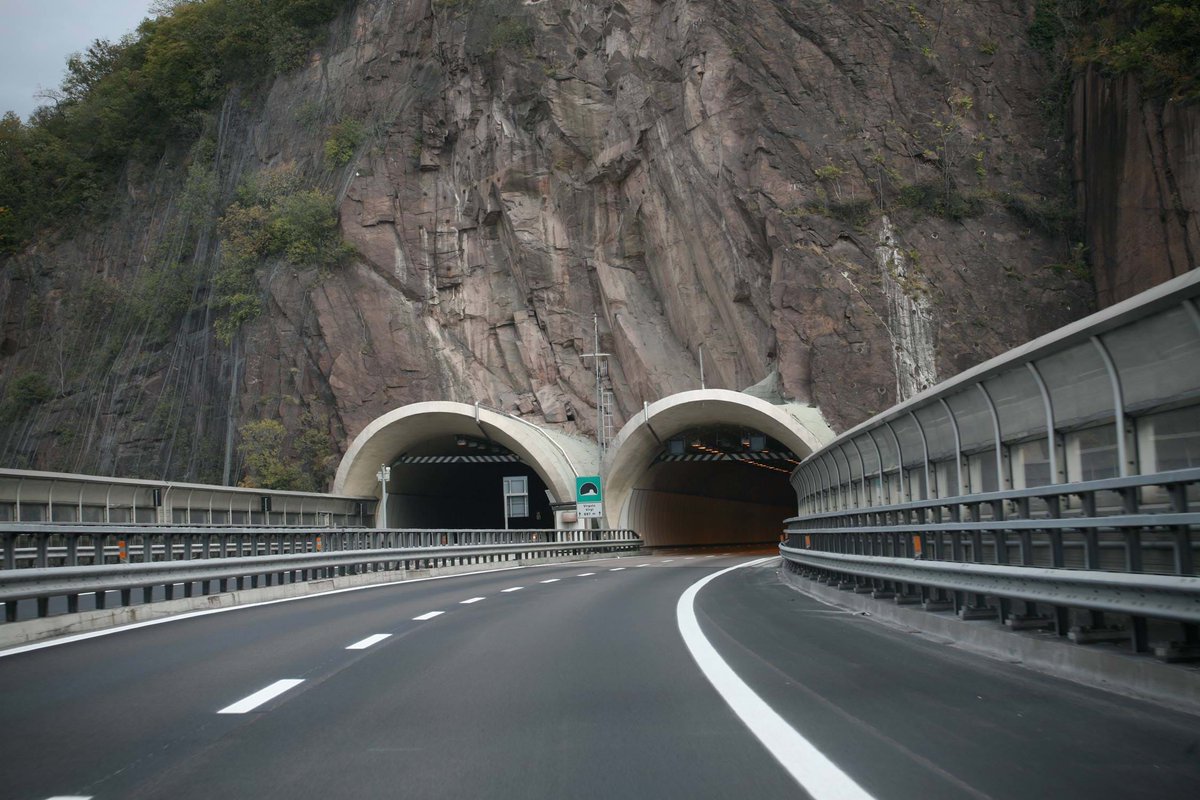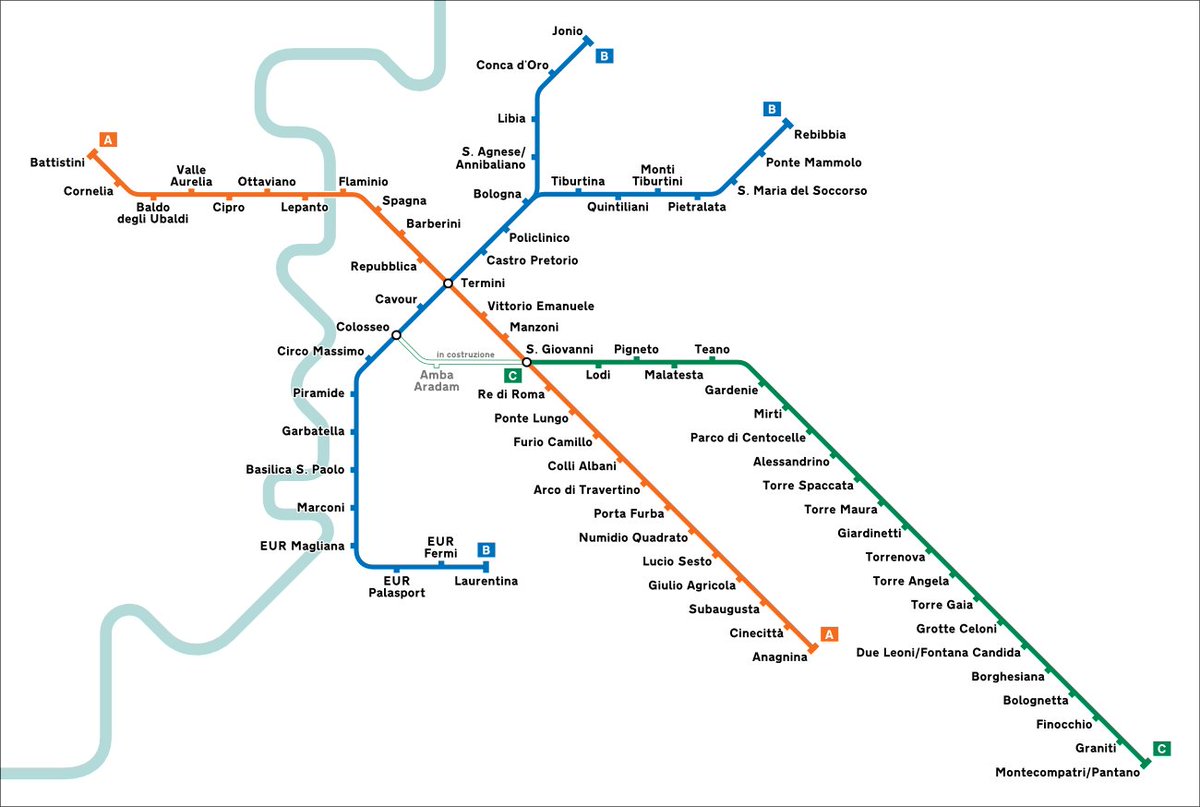
1/ If you take the 3 world smallest cities with a metro, all in Europe, there are quite interesting comparison one can make
Lausanne (140k inh.)
🚇2008, 5.9 km, 31 M/year
Brescia (200k inh.)
🚇2013, 13.7 km, 18.7 M/year
Rennes (210k inh.)
🚇2002, 9.4 km, 32.8 M/year


Lausanne (140k inh.)
🚇2008, 5.9 km, 31 M/year
Brescia (200k inh.)
🚇2013, 13.7 km, 18.7 M/year
Rennes (210k inh.)
🚇2002, 9.4 km, 32.8 M/year



2/ Of course, the three systems are all quite recent and were made possible by the development of automated light metro technology on steel (Brescia) and rubber (Lausanne, Rennes).
The three systems boast very short trains:
Lausanne: 🚃30 m
Brescia:🚃39 m
Rennes: 🚃26 m
The three systems boast very short trains:
Lausanne: 🚃30 m
Brescia:🚃39 m
Rennes: 🚃26 m
3/ But the most remarquable thing is that Brescia, despite having the longest trains and line, has the lowest ridership, around 60% of its peers and an even lower ridership/km, at 1.35 M/km compared to 5.25 M/km for Lausanne and 3.48 M/km for Rennes
4/ That makes more sense when you compare metro ridership to overall transit ridership in the 3 little cities:
Lausanne
🚇(M2 only)31 M/y➡️122 M/y adding 🚋🚎🚌
Brescia
🚇18.7 M/y ➡️58 M/y adding 🚌
Rennes
🚇32.8 M/y➡️85.6 M/y adding🚌
Lausanne
🚇(M2 only)31 M/y➡️122 M/y adding 🚋🚎🚌
Brescia
🚇18.7 M/y ➡️58 M/y adding 🚌
Rennes
🚇32.8 M/y➡️85.6 M/y adding🚌
5/ The metro line accounts in each city for:
Lausanne: 25% of total ridership
Brescia: 32%
Rennes: 38%
Lausanne: 25% of total ridership
Brescia: 32%
Rennes: 38%
6/It's easy to imagine how the high performing Lausanne metro depends on being part of a very developed and far reaching urban and regional transit network: a light rail (M1), a local train (LEB) and a heavily patronized regional rail (RER Vaudois), plus busses and trolleybuses 

7/ Albeit a less developed regional rail system, Rennes enjoys the fact of being a very compact university city with a pedestrian core, having a frequent and reliable bus service with some 35 km of segregated bus lanes, in particular well patronized the E-W axis. 

8/ Brescia lacks a restrictive parking policy, has only recently started the development of an S-Bahn network, has a less developed bus system and has a scattered low density metro area, with only minor efforts to densify around metro stations 



9/ For NA standards, the three cities have quite well performing systems. But Brescia is for sure doing something wrong compared to Lausanne. The good news is that all the 3 are expanding their transit network
10/ Lausanne will soon start works on a third short line and on a tramway to Flon, plus a major upgrade to increase capacity and speed of the rail line along the Lac Léman to Geneva. 

11/ Rennes will open its 2nd metro line, the 14.1 km, 15 stations "ligne B", at the end of December, which boasts a nicely designed viaduct and little futuristic rubber-tyred trainsets 



12/ Brescia is lagging again, but recently received funds to build a 2 lines tramway network, upgrade a local rail line to allow for a frequent 10' service and is planning to extend the metro to the North, along the densely populated Trompia valley 

13/ It will be definitely worth to dig further on the reasons behind the different performances of those tiny metros, to understand as to whether a similar conspicuous investment is worth or not for little transit cities, as there are not only megacities around to deal with
• • •
Missing some Tweet in this thread? You can try to
force a refresh






















